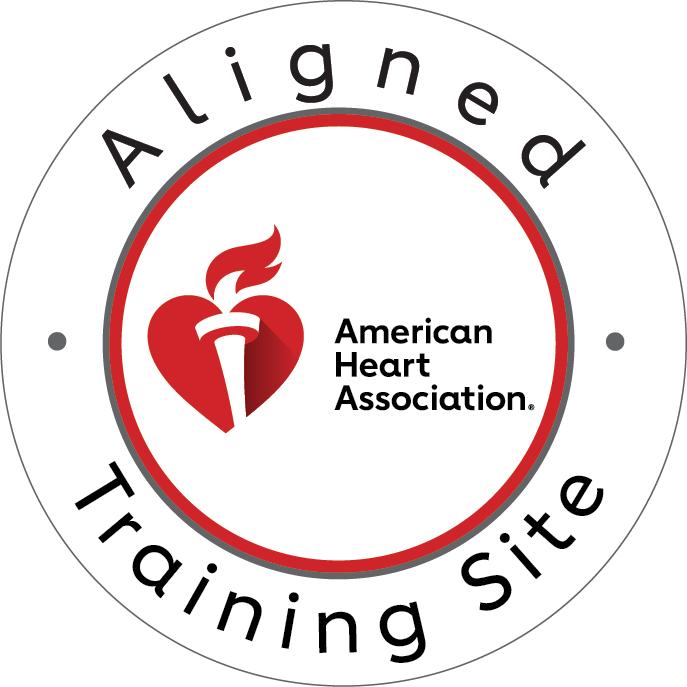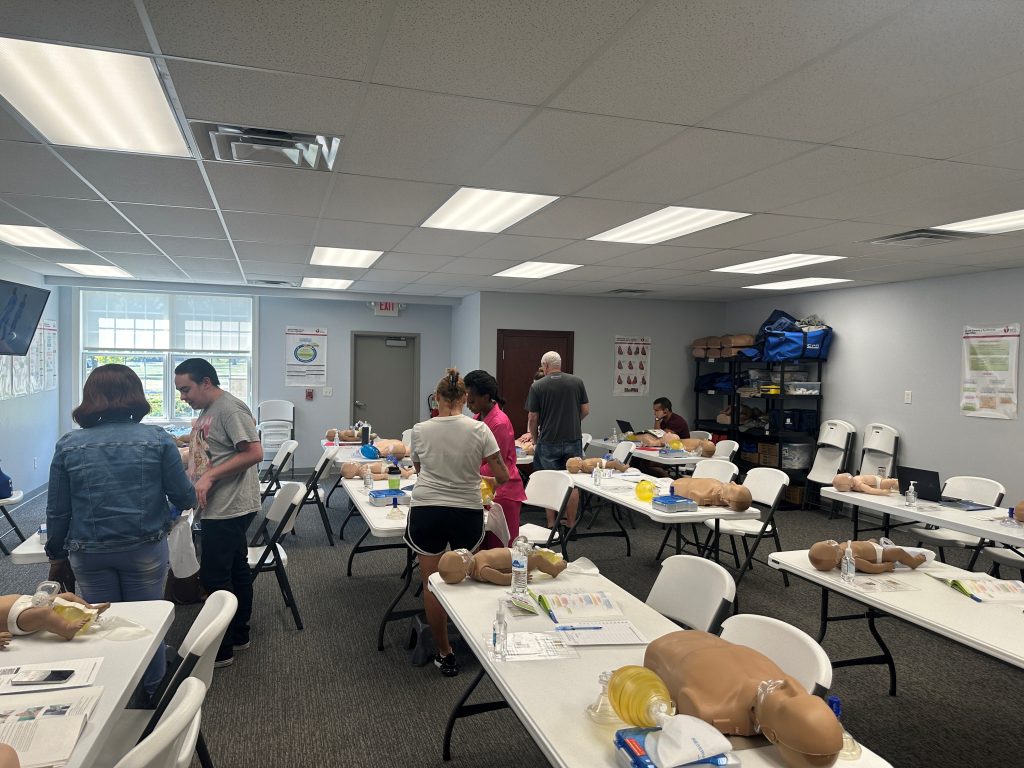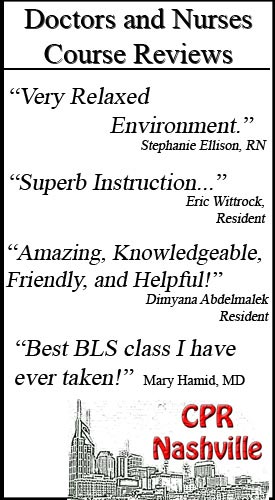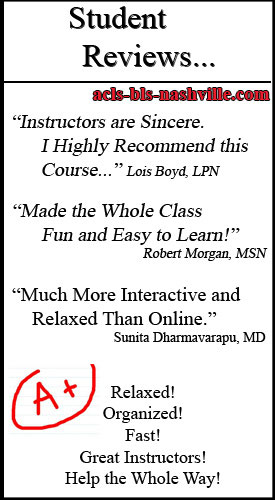When cardiac emergencies strike, every second counts. Understanding the proper ratio for 2-rescuer CPR can mean the difference between life and death. This comprehensive guide explores the essential ratios, techniques, and chest compression depth requirements for effective two-person cardiopulmonary resuscitation.
Understanding Two-Rescuer CPR Fundamentals
Two-rescuer CPR represents a significant advancement over single-rescuer techniques. This method allows for continuous, high-quality chest compressions while maintaining proper ventilation. The coordination between rescuers ensures minimal interruptions, ultimately improving patient outcomes during cardiac arrest situations.
The fundamental principle behind two-rescuer CPR involves dividing responsibilities between compression and ventilation tasks. One rescuer focuses exclusively on delivering consistent chest compressions at the appropriate depth, while the second rescuer manages airway control and ventilation. This division of labor reduces fatigue and maintains the quality of life-saving interventions.
What are the Rules for 2-person CPR?
The rules for two-person CPR establish a structured approach that maximizes effectiveness while minimizing complications. First, rescuers must establish clear communication and role assignments before beginning. The primary rescuer typically handles chest compressions, while the secondary rescuer manages ventilation and monitors for signs of life.
Positioning plays a crucial role in successful two-rescuer CPR. The compression rescuer kneels beside the patient’s chest, ensuring proper hand placement over the lower half of the breastbone. Meanwhile, the ventilation rescuer positions themselves at the patient’s head, maintaining optimal airway alignment for effective breaths.
Continuous communication between rescuers ensures smooth transitions and maintains rhythm. The compression rescuer should count aloud, allowing the ventilation rescuer to anticipate when to deliver breaths. This coordination prevents interruptions in chest compressions and maintains the critical perfusion pressure needed for organ survival.
The Two-Rescuer Method of CPR: Step-by-Step Process
The two-rescuer method follows a systematic approach that begins with rapid assessment and role assignment. After confirming cardiac arrest, rescuers quickly position themselves and begin the established compression-to-ventilation ratios. The process emphasizes continuous chest compressions with minimal interruptions for ventilation.
During the initial setup, rescuers should establish their roles clearly. The primary rescuer assumes responsibility for chest compressions, focusing on achieving proper chest compression depth of at least 2 inches but no more than 2.4 inches for adults. The secondary rescuer prepares ventilation equipment and ensures proper airway positioning.
The method incorporates regular position switches to prevent rescuer fatigue. Every two minutes, rescuers should change positions quickly and efficiently. This rotation maintains the quality of chest compressions and ensures consistent chest compression depth throughout the resuscitation effort.
CPR Ratio for Adults: 2 Rescuers
For adult patients, the two-rescuer CPR ratio is 30 compressions to 2 ventilations (30:2). This ratio remains consistent with single-rescuer CPR but allows for more efficient delivery due to role specialization. The compression rescuer delivers 30 continuous chest compressions at a rate of 100-120 compressions per minute.
The ventilation rescuer provides 2 breaths during the brief pause after compressions. Each breath should last approximately 1 second and produce a visible chest rise. The key advantage of two-rescuer CPR is the ability to minimize interruptions in chest compressions while ensuring adequate ventilation.
Maintaining proper chest compression depth is critical during adult CPR. The compression rescuer must push hard and fast, allowing complete chest recoil between compressions. The depth should reach at least 2 inches while avoiding excessive force that could cause internal injuries.
CPR Ratio for Infant: 2 Rescuers
Infant CPR with two rescuers follows a different ratio pattern. The recommended ratio for infant two-rescuer CPR is 15 compressions to 2 ventilations (15:2). This modified ratio reflects the unique physiological needs of infants and the increased importance of ventilation in pediatric cardiac arrest.
The compression technique for infants differs significantly from adult CPR. Rescuers should use the two-thumb encircling hands technique, placing both thumbs on the lower third of the infant’s breastbone. The chest compression depth for infants should be at least one-third the depth of the chest, approximately 1.5 inches.
Ventilation for infants requires a gentle technique and smaller volumes. The ventilation rescuer should use appropriate-sized equipment and deliver breaths just until the chest rises visibly. Excessive force can cause lung injury or gastric distension in infant patients.
Optimizing Chest Compression Depth for Maximum Effectiveness
Chest compression depth represents one of the most critical factors in successful resuscitation. Research consistently demonstrates that adequate compression depth directly correlates with improved survival rates. For adults, achieving the target depth of 2-2.4 inches ensures adequate perfusion pressure to vital organs.
Monitoring chest compression depth throughout the resuscitation requires constant attention. The compression rescuer should focus on consistent depth with each compression while allowing complete chest recoil. Visual feedback and regular assessment help maintain optimal performance throughout the emergency response.
Technology can assist in maintaining proper chest compression depth. Real-time feedback devices provide immediate information about compression rate, depth, and recoil. These tools help rescuers adjust their technique instantly, ensuring consistent quality throughout the resuscitation effort.
Advanced Techniques and Considerations
Advanced two-rescuer CPR incorporates additional interventions that enhance basic life support. The integration of automated external defibrillators (AEDs) requires coordinated effort between rescuers. While one rescuer prepares the AED, the other continues chest compressions until the device is ready for use.
Airway management becomes more sophisticated with two rescuers. The ventilation rescuer can focus on advanced techniques such as bag-mask ventilation or supraglottic airway insertion. These interventions require proper training and regular practice to maintain proficiency.
Team dynamics play an increasingly important role as additional rescuers arrive. Clear communication, defined roles, and smooth transitions become essential for maintaining high-quality CPR. Regular training and simulation exercises help teams develop the coordination necessary for effective resuscitation.
Quality Assurance and Performance Monitoring
Maintaining quality during two-rescuer CPR requires continuous assessment and adjustment. Rescuers should monitor each other’s performance, providing feedback and support as needed. This peer review system helps identify and correct technical issues before they impact patient outcomes.
Regular training updates ensure rescuers stay current with evolving guidelines and best practices. The American Heart Association regularly updates CPR protocols based on the latest research and evidence. Staying informed about these changes is essential for providing optimal care.
Documentation during resuscitation efforts helps track performance and identify areas for improvement. Recording compression rates, depths, and ventilation effectiveness provides valuable data for post-event analysis and quality improvement initiatives.
Common Mistakes and How to Avoid Them
Several common mistakes can compromise the effectiveness of two-rescuer CPR. Inadequate chest compression depth remains one of the most frequent errors. Rescuers often underestimate the force required to achieve proper depth, especially as fatigue sets in during prolonged resuscitation efforts.
Poor communication between rescuers leads to timing errors and increased interruptions. Establishing clear verbal cues and maintaining consistent rhythm prevents these coordination problems. Regular practice sessions help teams develop the communication patterns necessary for smooth operations.
Inconsistent ventilation technique can compromise oxygenation and ventilation. The ventilation rescuer must maintain a proper seal, appropriate volume, and correct timing. Overventilation is particularly problematic, as it can impede venous return and reduce cardiac output.
Training and Certification Requirements
Proper training in two-rescuer CPR techniques requires structured educational programs that combine theoretical knowledge with hands-on practice. Healthcare providers need a comprehensive understanding of ratios, techniques, and quality indicators to perform effectively during emergencies.
Certification programs should include regular assessment of two-rescuer CPR skills. Practical evaluations ensure rescuers can demonstrate proper technique, maintain appropriate ratios, and work effectively as a team. These assessments identify areas needing improvement and verify competency levels.
Continuing education maintains skill proficiency and incorporates new research findings. Regular recertification ensures rescuers stay current with evolving best practices and maintain the muscle memory necessary for effective emergency response.
Take Action: Get Certified Today
Don’t wait until an emergency strikes to learn these life-saving skills. Professional CPR certification provides the knowledge and confidence needed to respond effectively during cardiac emergencies. Whether you’re a healthcare provider or concerned citizen, proper training makes a critical difference.
CPR Nashville is an American Heart Association training site that offers initial certifications and renewal in BLS for Healthcare Providers, ACLS, PALS, and CPR and First Aid courses. All classes are stress-free and hands-on. Best CPR in Nashville.
Ready to make a difference? Contact CPR Nashville today to enroll in our comprehensive CPR certification Nashville programs. Our expert instructors provide hands-on training that prepares you for real-world emergencies. Don’t delay – sign up for BLS certification in Nashville and join the ranks of trained responders who save lives every day.






